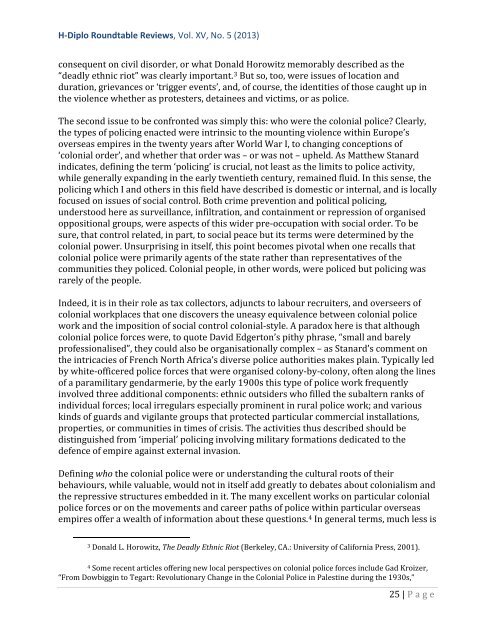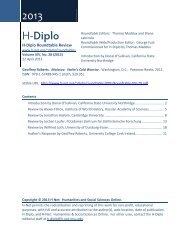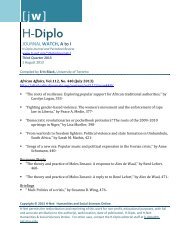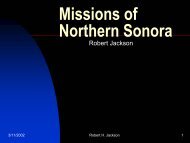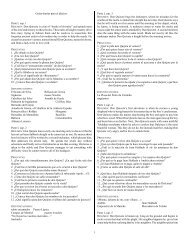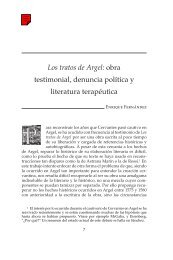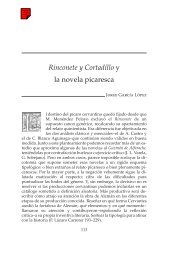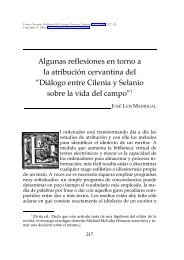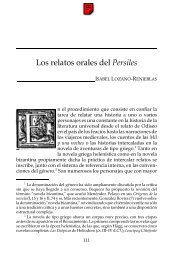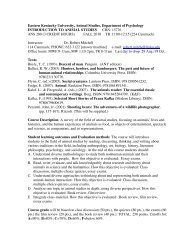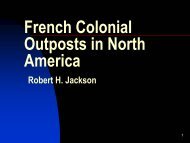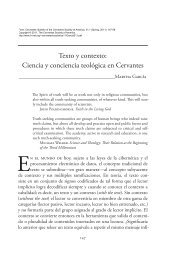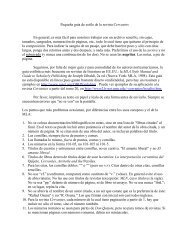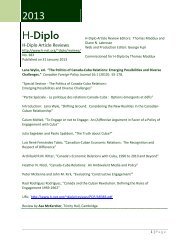H-Diplo Roundtable on Martin Thomas. Violence and ... - H-Net
H-Diplo Roundtable on Martin Thomas. Violence and ... - H-Net
H-Diplo Roundtable on Martin Thomas. Violence and ... - H-Net
You also want an ePaper? Increase the reach of your titles
YUMPU automatically turns print PDFs into web optimized ePapers that Google loves.
H-<str<strong>on</strong>g>Diplo</str<strong>on</strong>g> <str<strong>on</strong>g>Roundtable</str<strong>on</strong>g> Reviews, Vol. XV, No. 5 (2013)<br />
c<strong>on</strong>sequent <strong>on</strong> civil disorder, or what D<strong>on</strong>ald Horowitz memorably described as the<br />
“deadly ethnic riot” was clearly important. 3 But so, too, were issues of locati<strong>on</strong> <strong>and</strong><br />
durati<strong>on</strong>, grievances or ‘trigger events’, <strong>and</strong>, of course, the identities of those caught up in<br />
the violence whether as protesters, detainees <strong>and</strong> victims, or as police.<br />
The sec<strong>on</strong>d issue to be c<strong>on</strong>fr<strong>on</strong>ted was simply this: who were the col<strong>on</strong>ial police? Clearly,<br />
the types of policing enacted were intrinsic to the mounting violence within Europe’s<br />
overseas empires in the twenty years after World War I, to changing c<strong>on</strong>cepti<strong>on</strong>s of<br />
‘col<strong>on</strong>ial order’, <strong>and</strong> whether that order was – or was not – upheld. As Matthew Stanard<br />
indicates, defining the term ‘policing’ is crucial, not least as the limits to police activity,<br />
while generally exp<strong>and</strong>ing in the early twentieth century, remained fluid. In this sense, the<br />
policing which I <strong>and</strong> others in this field have described is domestic or internal, <strong>and</strong> is locally<br />
focused <strong>on</strong> issues of social c<strong>on</strong>trol. Both crime preventi<strong>on</strong> <strong>and</strong> political policing,<br />
understood here as surveillance, infiltrati<strong>on</strong>, <strong>and</strong> c<strong>on</strong>tainment or repressi<strong>on</strong> of organised<br />
oppositi<strong>on</strong>al groups, were aspects of this wider pre-occupati<strong>on</strong> with social order. To be<br />
sure, that c<strong>on</strong>trol related, in part, to social peace but its terms were determined by the<br />
col<strong>on</strong>ial power. Unsurprising in itself, this point becomes pivotal when <strong>on</strong>e recalls that<br />
col<strong>on</strong>ial police were primarily agents of the state rather than representatives of the<br />
communities they policed. Col<strong>on</strong>ial people, in other words, were policed but policing was<br />
rarely of the people.<br />
Indeed, it is in their role as tax collectors, adjuncts to labour recruiters, <strong>and</strong> overseers of<br />
col<strong>on</strong>ial workplaces that <strong>on</strong>e discovers the uneasy equivalence between col<strong>on</strong>ial police<br />
work <strong>and</strong> the impositi<strong>on</strong> of social c<strong>on</strong>trol col<strong>on</strong>ial-style. A paradox here is that although<br />
col<strong>on</strong>ial police forces were, to quote David Edgert<strong>on</strong>’s pithy phrase, “small <strong>and</strong> barely<br />
professi<strong>on</strong>alised”, they could also be organisati<strong>on</strong>ally complex – as Stanard’s comment <strong>on</strong><br />
the intricacies of French North Africa’s diverse police authorities makes plain. Typically led<br />
by white-officered police forces that were organised col<strong>on</strong>y-by-col<strong>on</strong>y, often al<strong>on</strong>g the lines<br />
of a paramilitary gendarmerie, by the early 1900s this type of police work frequently<br />
involved three additi<strong>on</strong>al comp<strong>on</strong>ents: ethnic outsiders who filled the subaltern ranks of<br />
individual forces; local irregulars especially prominent in rural police work; <strong>and</strong> various<br />
kinds of guards <strong>and</strong> vigilante groups that protected particular commercial installati<strong>on</strong>s,<br />
properties, or communities in times of crisis. The activities thus described should be<br />
distinguished from ‘imperial’ policing involving military formati<strong>on</strong>s dedicated to the<br />
defence of empire against external invasi<strong>on</strong>.<br />
Defining who the col<strong>on</strong>ial police were or underst<strong>and</strong>ing the cultural roots of their<br />
behaviours, while valuable, would not in itself add greatly to debates about col<strong>on</strong>ialism <strong>and</strong><br />
the repressive structures embedded in it. The many excellent works <strong>on</strong> particular col<strong>on</strong>ial<br />
police forces or <strong>on</strong> the movements <strong>and</strong> career paths of police within particular overseas<br />
empires offer a wealth of informati<strong>on</strong> about these questi<strong>on</strong>s. 4 In general terms, much less is<br />
3 D<strong>on</strong>ald L. Horowitz, The Deadly Ethnic Riot (Berkeley, CA.: University of California Press, 2001).<br />
4 Some recent articles offering new local perspectives <strong>on</strong> col<strong>on</strong>ial police forces include Gad Kroizer,<br />
“From Dowbiggin to Tegart: Revoluti<strong>on</strong>ary Change in the Col<strong>on</strong>ial Police in Palestine during the 1930s,”<br />
25 | P age


